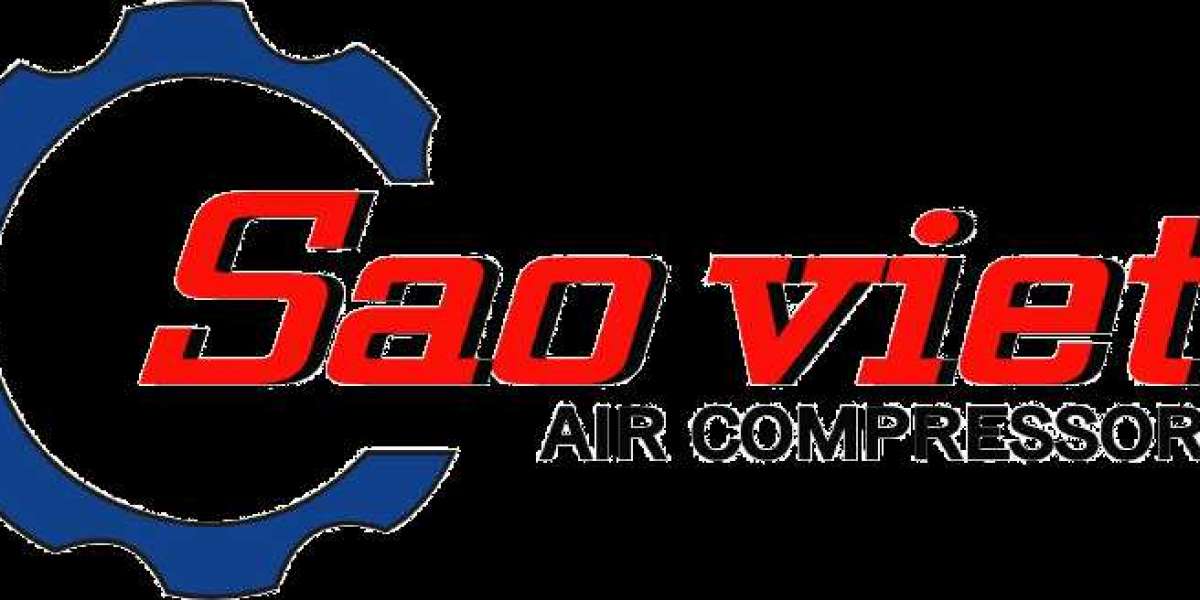As a Parallel Computing assignment helper, I've encountered various challenges that students face when delving into this complex field. Many students find themselves grappling with intricate concepts and struggling to apply them effectively. To address these difficulties, I've compiled a comprehensive QA session aimed at providing clarity and guidance on some of the most common and challenging aspects of Parallel Computing.
Question 1: How does Amdahl's Law impact the performance of parallel algorithms, and what strategies can be employed to mitigate its effects?
Answer: Amdahl's Law is a fundamental concept in Parallel Computing that governs the theoretical speedup achievable by parallelizing a computation. It states that the speedup of a program using multiple processors is limited by the portion of the program that cannot be parallelized. In mathematical terms, if S represents the speedup, P represents the proportion of the program that can be parallelized, and N represents the number of processors, then Amdahl's Law is expressed as:
S(N)=(1−P)+NP1
The implication of Amdahl's Law is that even with an increasing number of processors, there exists a limit to the achievable speedup if a significant portion of the program remains sequential. To mitigate the impact of Amdahl's Law, several strategies can be employed:
Identify and Optimize Critical Sections: Analyze the code to identify sections that cannot be parallelized or have limited parallelism. Focus on optimizing these critical sections to reduce their impact on overall performance.
Algorithmic Improvements: Explore alternative algorithms or approaches that exhibit greater parallelism. Sometimes, restructuring the problem or algorithm can lead to a higher proportion of parallelizable code.
Use of Specialized Hardware: Employing specialized hardware, such as GPUs or FPGA accelerators, can often provide significant speedup for parallelizable tasks, effectively reducing the impact of Amdahl's Law.
Hybrid Parallelism: Combining different parallelization techniques, such as task parallelism and data parallelism, can help distribute the workload more efficiently and exploit parallelism at multiple levels.
Dynamic Load Balancing: Implement techniques for dynamically redistributing the workload among processors to ensure a more balanced utilization of resources, thereby maximizing parallelism.
By understanding Amdahl's Law and implementing these strategies judiciously, developers can optimize the performance of parallel algorithms and harness the full potential of parallel computing architectures.
Question 2: In the context of Linear System Modelling, how can parallel computing be leveraged to enhance the efficiency of solving large-scale systems of linear equations?
Answer: Linear System Modelling involves solving systems of linear equations, a task that becomes increasingly challenging as the size of the system grows. Parallel computing provides a powerful approach to address this challenge and accelerate the solution process. Here are key considerations:
Parallelization of Matrix Operations: Utilize parallel algorithms for fundamental matrix operations like multiplication, inversion, and factorization. Parallelizing these operations allows for efficient handling of large matrices, a common occurrence in linear system modelling.
Parallel Iterative Methods: Implement parallel iterative methods such as the Conjugate Gradient Method or the GMRES (Generalized Minimal Residual) algorithm. These methods can be parallelized to solve linear systems more quickly, especially when dealing with sparse matrices often encountered in real-world applications.
Domain Decomposition Techniques: Break down the linear system into smaller sub-systems and solve them concurrently. This approach, known as domain decomposition, distributes the computational load across multiple processors, enhancing overall efficiency.
GPU Acceleration: Leverage Graphics Processing Units (GPUs) for parallel computation. GPUs excel at handling parallel tasks, and their use can significantly speed up linear system solving by offloading computation-intensive operations.
Task Parallelism for Parallel Algorithms: Explore task parallelism by decomposing the linear system solving process into independent tasks that can be executed concurrently. This approach optimizes resource utilization and accelerates the overall computation.
Integrating parallel computing techniques into linear system modelling not only improves computational efficiency but also enables the analysis of more complex and larger-scale systems, making it a valuable tool in scientific computing and engineering applications.







